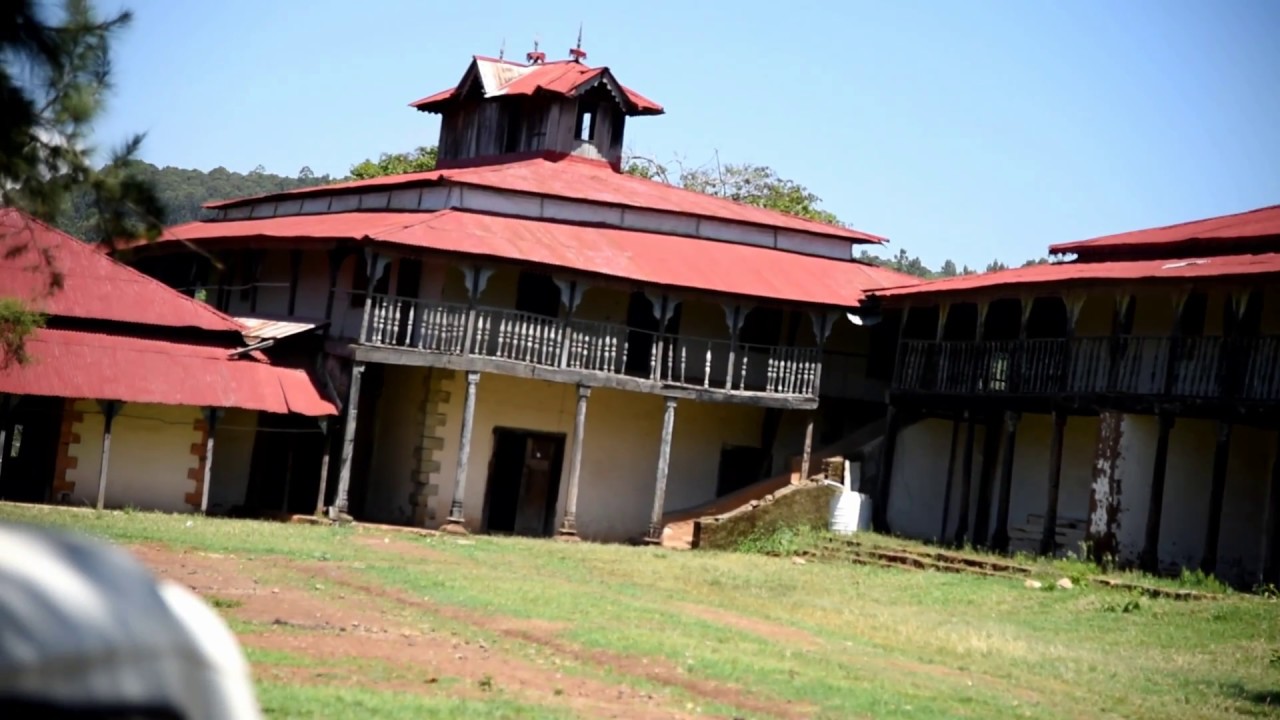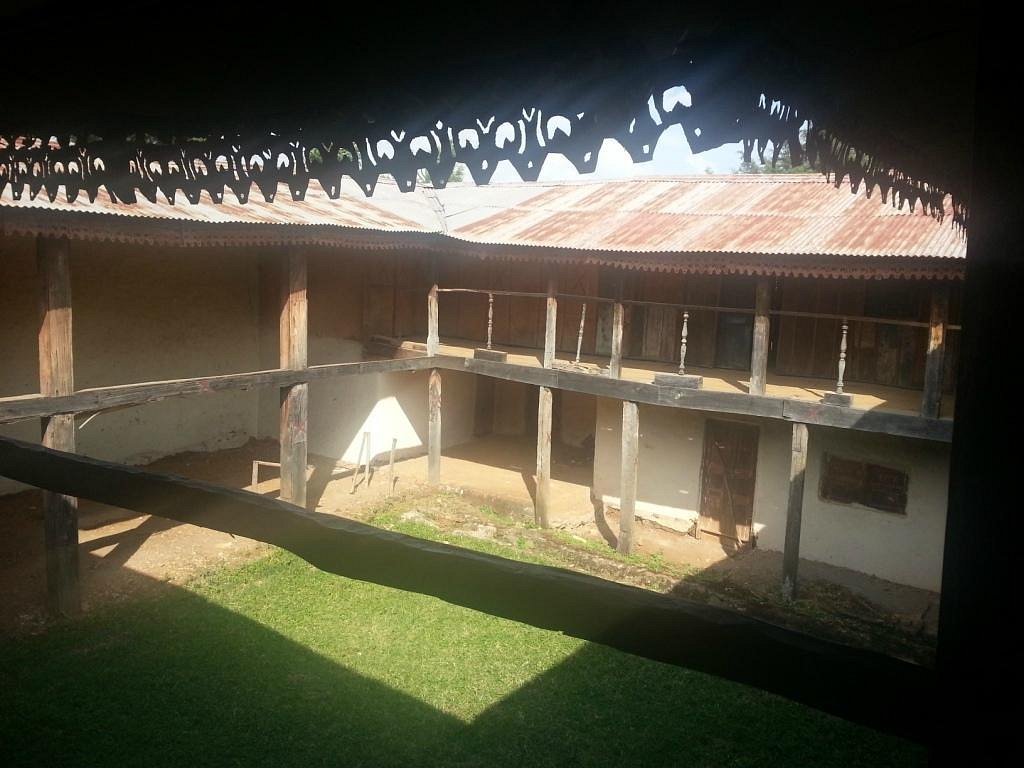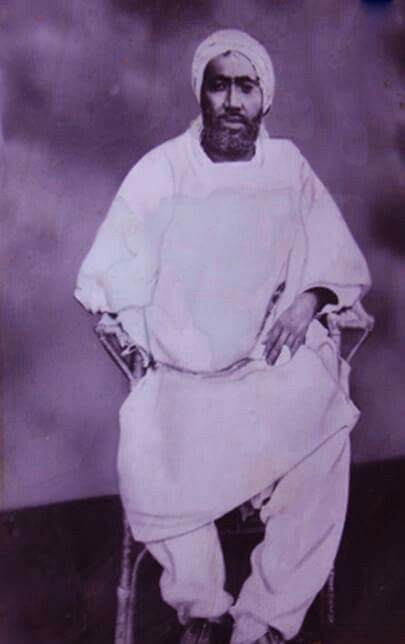Abba Jifaar Palace



Description
Aba Jifar Palace is the most important heritage site in the Oromia Region of Ethiopia, and a symbol of Oromia cultural identity. Located on the outskirts of the city of Jimma, the capital of the region, the current Palace was built by King Aba Jifar II in the 1880s on a site located seven kilometers north of Jimma and chosen by the King’s father. At 2,000 meters above sea level, the site was selected for its commanding location, from which it was possible to monitor enemy movements, and because it was above the malaria-prone low lands of the town center. The Kingdom of Jimma grew to prominence due to its control of the caravan routes with the Kingdom of Kaffa to the south, and its connection to ports on the northern Somali coast, which linked it to major trade routes crossing the Indian Ocean. King Aba Jifar II’s father was the first ruler of Jimma to embrace Islam. The Oromia Region is now predominantly Muslim, and the Palace is considered a symbol of the origin of Islam in the region.
The Palace is the oldest, largest and best preserved surviving example of traditional wooden architecture in Jimma. It is a fusion of traditional building technology from south-western Ethiopia and the Indo-Arab architectural style, which was common in settlements around the Indian Ocean. There are strong stylistic parallels between architectural features at the Palace and Indian mercantile architecture found in Zanzibar and along the mainland coast of East Africa. Other wooden buildings in Addis Ababa and elsewhere in Ethiopia were built in the Indo-Arab style, but none combined this style with traditional southern-Ethiopian building traditions. The Palace is an important indicator of cultural and mercantile links between the highlands of Ethiopia and the outside world.
Although Aba Jifar Palace is a highly important structure in Oromia, and a protected historic monument in Ethiopia, its condition is a cause of serious concern. Many of the decorative wooden elements such as fascia boards, column capitals and decorated brackets, which give the structure its cultural and historical character, are disintegrating.